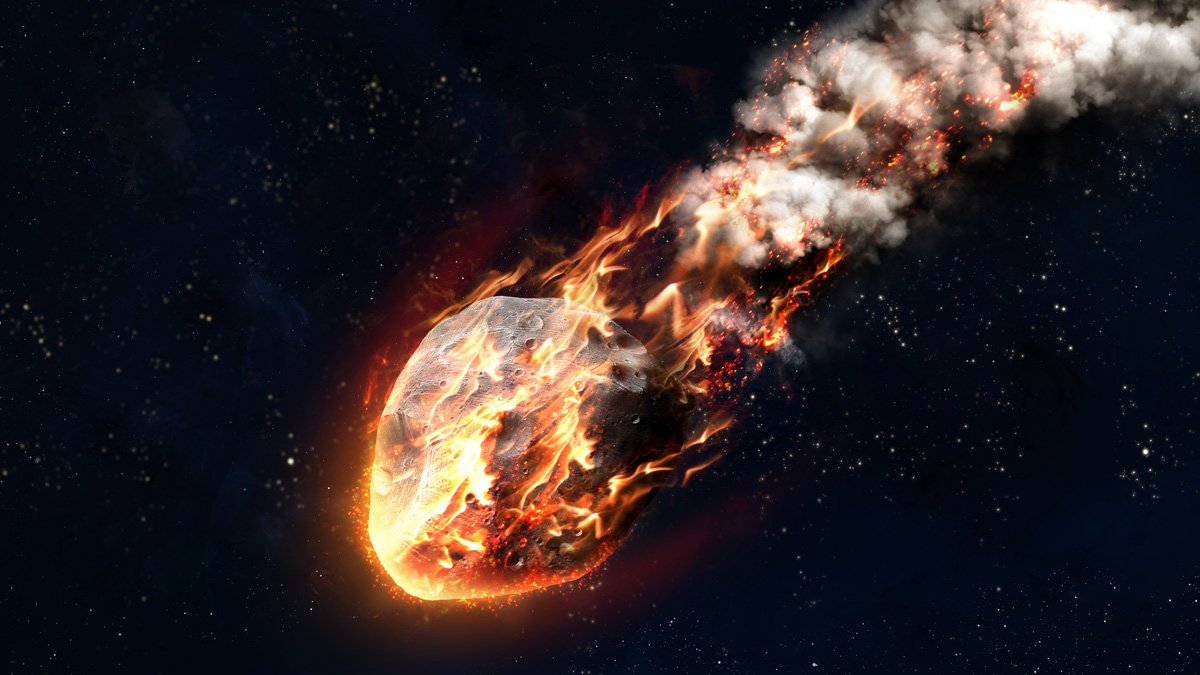The Chicxulub meteorite impact changed Earth’s history forever 66 million years ago, causing the extinction of 75% of species, including dinosaurs, but where did it come from and how did it get to our planet?
The journal Nature publishes this Monday a new theory developed by experts from Harvard University that could shed light on a catastrophic event that still raises many doubts.
In addition to its devastating consequences, it is known that the impact of that “asteroid or comet,” the authors state, left a crater in the Gulf of Mexico more than 111 miles in diameter and 12 miles deep.
To complete the puzzle, experts Avi Loeb and Amir Siraj argue, through statistical analysis and gravitational simulations, that a significant fraction of a type of comet originated in the Oort cloud – a sphere of spatial debris located on the margins of the System Solar, deviated from its orbital path due to Jupiter’s gravitational field.
That force moved the comet toward the sun, which, in turn, broke it into more fragments, a phenomenon that increases the number of bodies that, like Chicxulub, can enter Earth orbit and fall to Earth once between 250 and 750 million years, approximately.
“Basically, Jupiter acts like a ‘pinball’ (game) machine. Jupiter propels these incoming comets (called long period ones) into orbits that bring them very close to the sun,” Siraj explains in a statement.
Since these long-period comets can take up to 200 years to orbit the sun, experts have called them “solar ruminants.”
“When we talk about these solar ruminants,” Siraj continues, “the important thing is not so much that they melt, which affects the total mass relatively little, but the fact that, being so close to the sun, the closest part of the comet is subjected to a greater force of gravitational attraction than the one that is farther away, which generates a tidal force “.
This event, he emphasizes, causes the great comet to break into smaller fragments and, upon leaving orbit, “there is a statistical probability that they will impact the Earth.”
Loeb and Siraj’s calculations suggest that the probability of long-period comets impacting our planet is “a factor of around 10”, while indicating that up to 20% of these become “solar ruminants, in line with the studies of other astronomers.
They also state that the “new impact ratio” is consistent with the age of the Chicxulub crater, which offers a satisfactory explanation for its origin and that of other similar “impact comets.”
“What we are exposing is that if you break an object when it is close to the sun, this can lead to a series of appropriate events and also the kind of impact that wiped out the dinosaurs,” Loeb emphasizes.

